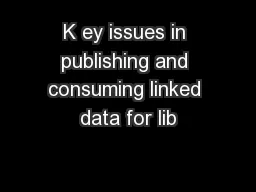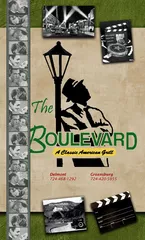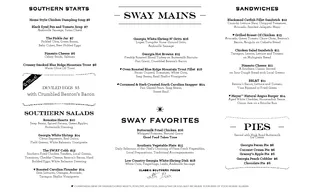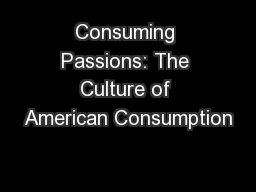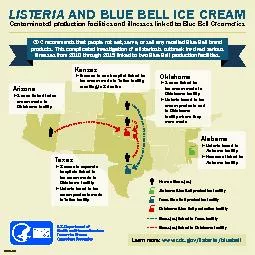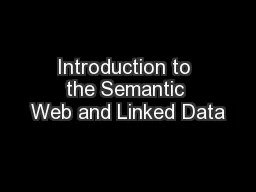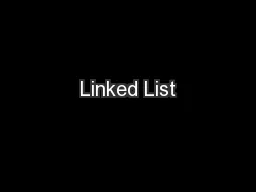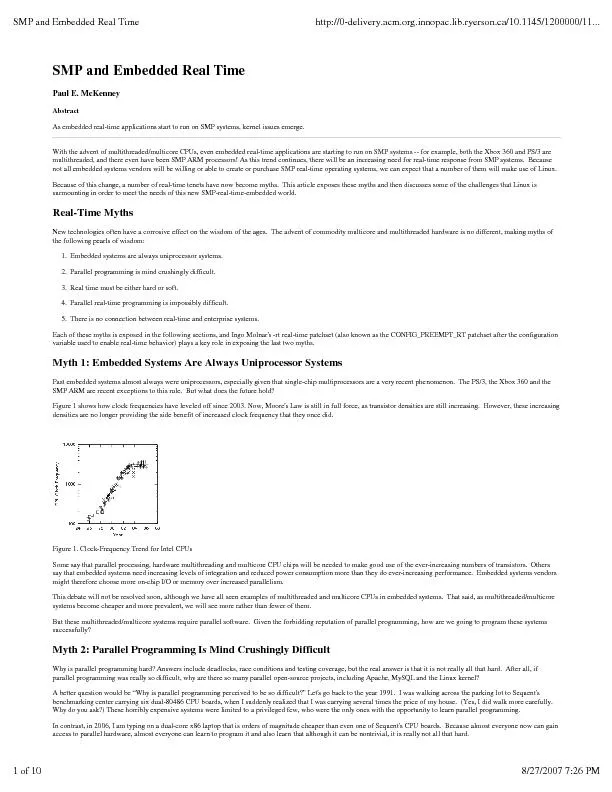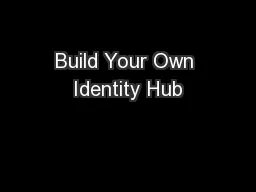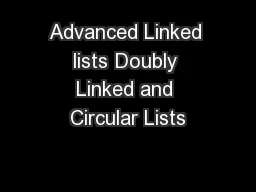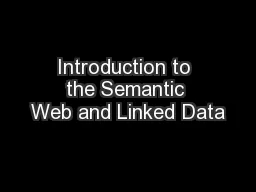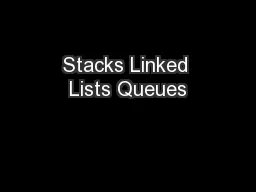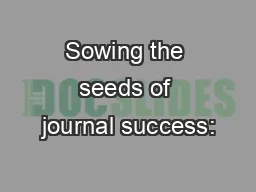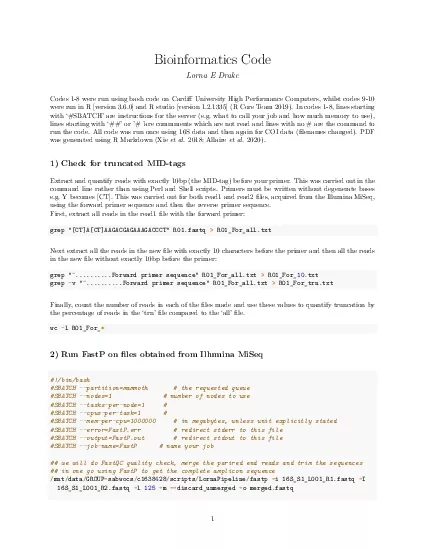PPT-K ey issues in publishing and consuming linked data for lib
Author : celsa-spraggs | Published Date : 2016-07-15
Gordon Dunsire Presented to CILIP Linked Data Executive Briefing 24 November 2015 London Overview Linked data 101 Linked data vocabularies Local vs global Eating
Presentation Embed Code
Download Presentation
Download Presentation The PPT/PDF document "K ey issues in publishing and consuming ..." is the property of its rightful owner. Permission is granted to download and print the materials on this website for personal, non-commercial use only, and to display it on your personal computer provided you do not modify the materials and that you retain all copyright notices contained in the materials. By downloading content from our website, you accept the terms of this agreement.
K ey issues in publishing and consuming linked data for lib: Transcript
Download Rules Of Document
"K ey issues in publishing and consuming linked data for lib"The content belongs to its owner. You may download and print it for personal use, without modification, and keep all copyright notices. By downloading, you agree to these terms.
Related Documents

